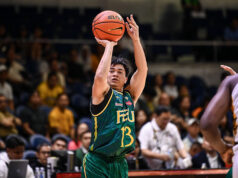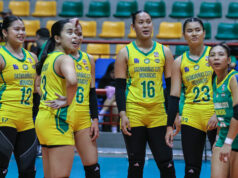The year started with much promise for the Women’s National Basketball Association (WNBA). Franchise owners and the players union signed off on a new collective bargaining agreement they rightly described as “groundbreaking.” The deal, their fifth since the league’s inception in 1997, stipulated significant pay raises, non-wage benefits, and off-court growth prospects running through 2027. Bent on riding the wave of renewed support from stakeholders, commissioner Cathy Engelbert drummed up a campaign of 36 games each for the 12 teams, culminating in the playoffs but likewise featuring a mid-season tournament. Broadcast partners were on board, pledging more coverage amid heightened interest.
Parenthetically, no small measure of the optimism shared by all and sundry emanated from the return to action of stalwarts Breanna Stewart (who missed the 2019 season after suffering from a torn Achilles) and Sue Bird (who was also sidelined following left knee surgery). Needless to say, their comeback bids lent cause to the Storm being installed as preseason favorites; after all, they wound up champions the last time they shared the floor. And then the pandemic struck, waylaying plans and clouding the immediate term.
As things turned out, the WNBA did manage to get competition under way. As with the NBA, safety was its primary consideration; it set up a campus environment designed to restrict movement and interaction even as all those involved were subjected to daily testing for the novel coronavirus. At the same time, it followed a truncated schedule that had it crowning a champion by early October. The outcome wasn’t perfect; a number of opt-outs — including that which had reigning Most Valuable Player Elena Delle Donne controversially going back and forth with officials — threatened parity, while players in the wubble (trademark pending, seriously) grappled with social unrest.
In retrospect, the WNBA has reason to celebrate. Its experiment at the IMG Academy in Bradenton, Florida, was a success, and not simply because the two best teams wound up battling for the hardware. The Storm performed up to potential, turning in the best regular season slate and, after a first-round bye, running roughshod over the Minnesota Lynx and Las Vegas Aces to win the title in the least number of games possible. Stewart reclaimed her status as first among equals, taking her second Finals MVP trophy with stellar all-around play. Bird set assist records en route, displaying continued preeminence at the point despite pushing 40.
Considering the obstacles the WNBA had to hurdle, the finish brings triumph. As the Storm — with principal owners on the court and family members applauding via virtual meeting rooms — basked in joy and confetti rained upon the IMG Academy Gymnasium, Engelbert could not but have been relieved as well. A lot could have gone wrong, but instead went right. Trepidation will come again, what with a future laced with so much much uncertainty. For now, though, she gets what she deserves: Rest is the fruit of her labor.
Anthony L. Cuaycong has been writing Courtside since BusinessWorld introduced a Sports section in 1994. He is a consultant on strategic planning, operations and Human Resources management, corporate communications, and business development.



